Mind Over Match: The Brain’s Role in Elite Hand-Eye Coordination
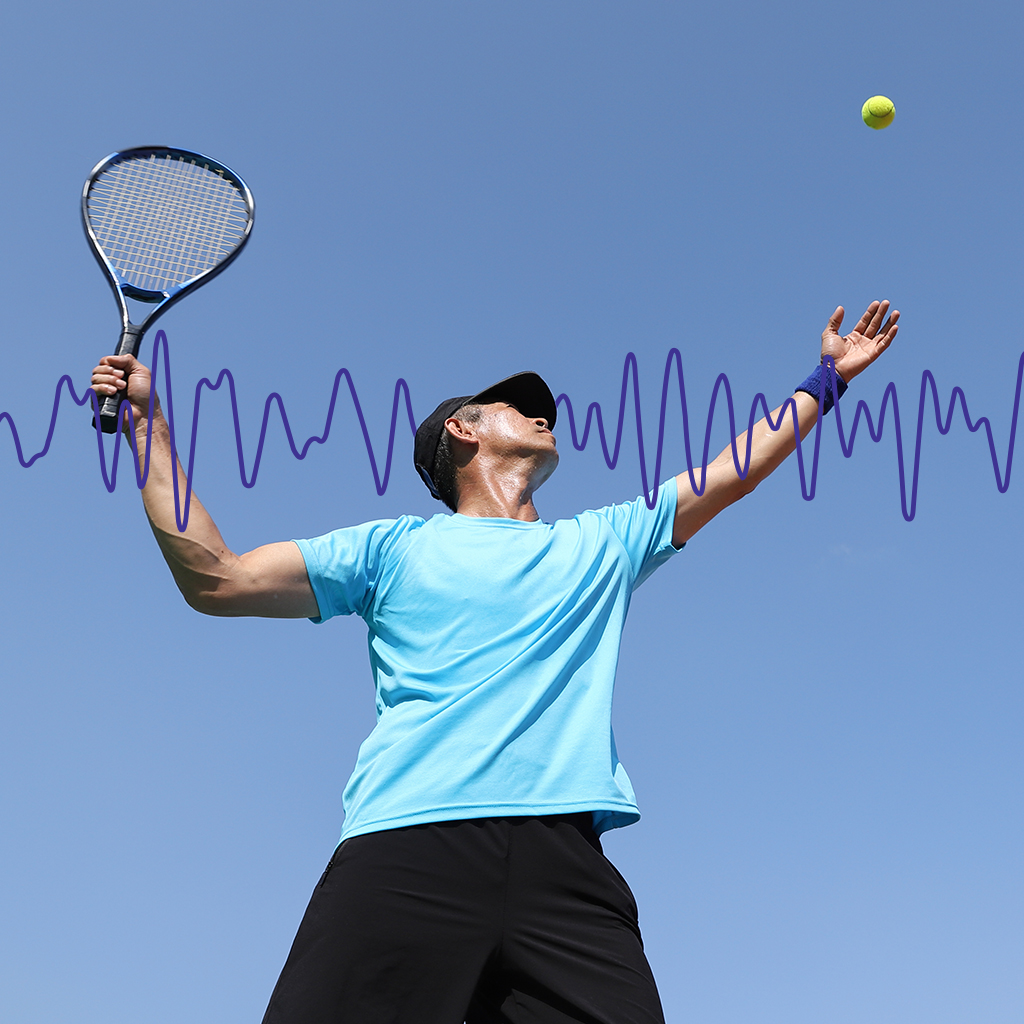
As the tennis world turns its gaze toward the final Grand Slam of the year – the US Open – fans and analysts alike wonder: What gives players like Novak Djokovic the edge in high-stakes matches? It’s not just powerful serves, tireless footwork, or precise forehands. It’s something more elusive and profound: the mind.
Unlocking the Secrets to Stress Relief: Tips and Techniques for a Calmer Mind

Stress has become an inescapable part of modern life, affecting our mental, emotional, and physical well-being. At BrainTap, we understand the pervasive impact of stress and are committed to helping you find effective ways to manage it. In this article, we’ll explore a range of stress-busting techniques, with a special focus on how BrainTap can help you achieve a calmer mind and a more balanced life.
Cultivating Freedom Within: A Mindful Practice with BrainTap
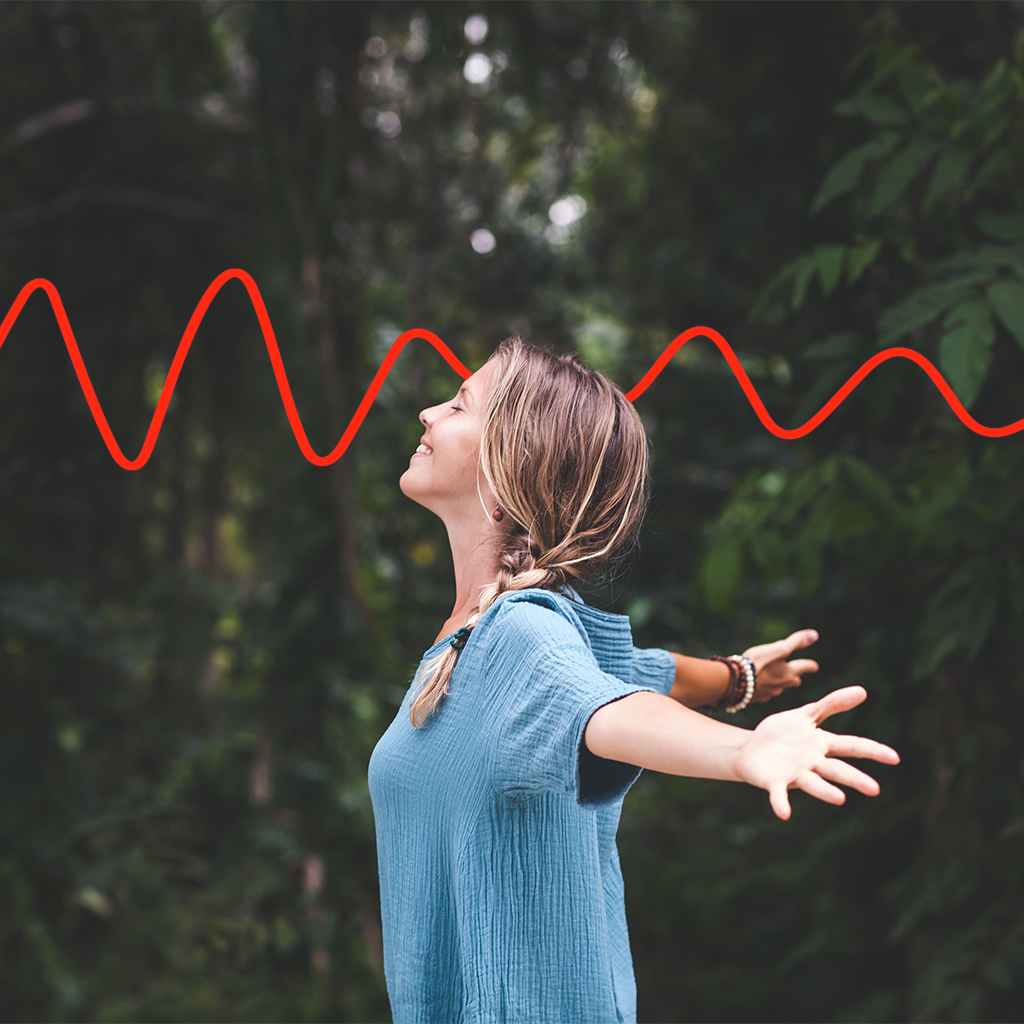
In a world of relentless demands, deadlines, and digital distractions, the idea of freedom within can feel vague. Most of us chase freedom externally—through success, material wealth, or escape—but realize that true freedom isn’t found outside ourselves. Instead, it begins internally – in the space between stimulus and response, in the quiet moments of awareness, and in the ability to choose peace over chaos. Cultivating this inner freedom requires mindfulness, consistency, and the right tools to support the journey. One such tool, BrainTap, offers a powerful, science-backed approach to help rewire the brain for clarity, calm, and conscious living.
Supercharge Your Brain in 7 Minutes: 14 Quick Power-Ups

Have you ever hit a mental slump right before a big meeting or while trying to study for an exam? Maybe you’ve found yourself staring blankly at your screen, willing your brain to focus. What if you could give your brain a powerful reboot—in just seven minutes? Sounds too good to be true, but with the right strategies, it’s absolutely possible.
Sleep Better Tonight: Easy Relaxation Techniques with BrainTap
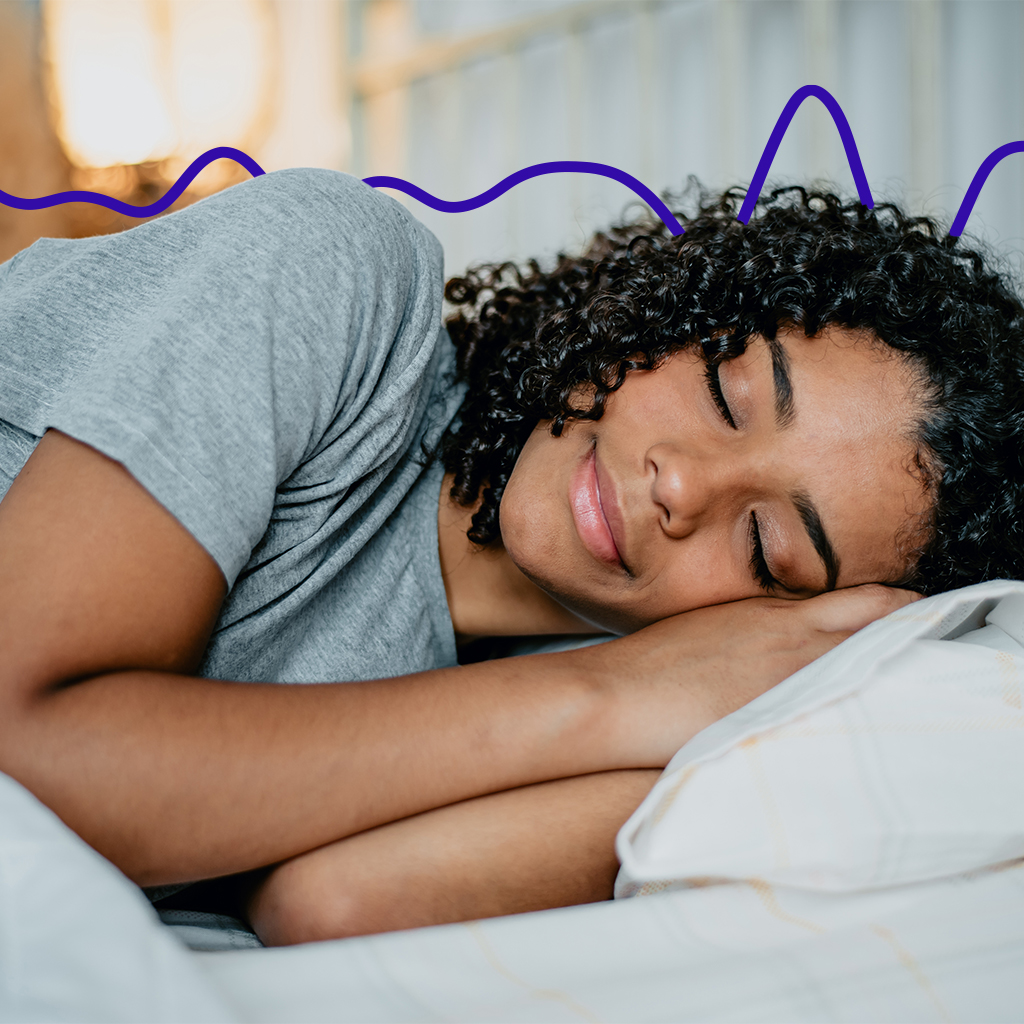
In our high-paced, hyper-connected world, good sleep is often treated as a luxury instead of a necessity. Yet, quality sleep is fundamental to mental clarity, physical health, emotional stability, and peak performance. Unfortunately, millions struggle with falling or staying asleep due to unmanaged stress, screen time, racing thoughts, or inconsistent routines.
Busy Life? Unwind and Relax Deeply with BrainTap
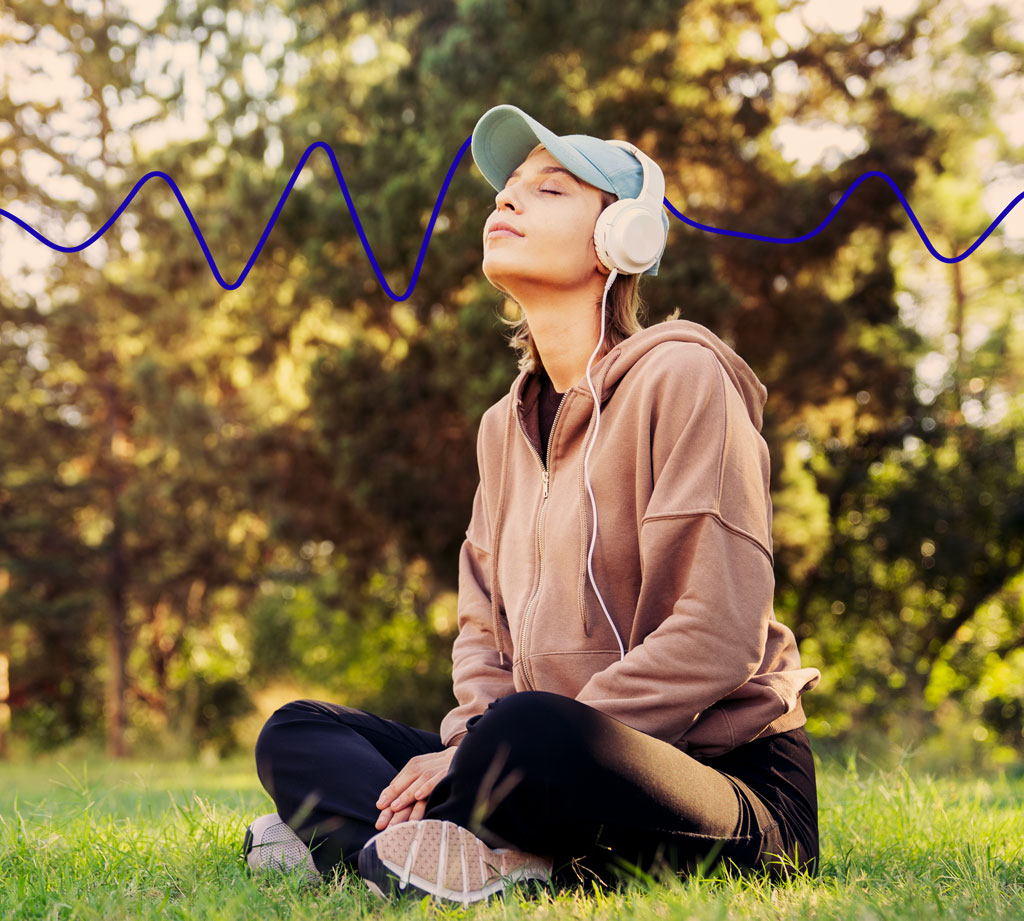
In a world filled with endless to-do lists, constant notifications, hustle culture, and demanding schedules, unmanaged stress has become like that relative of yours who isn’t invited but shows up at your doorstep anyway. Whether you’re juggling work, family, or personal growth, the pressure can feel overwhelming. However, there is a simple yet powerful solution to help you find calm and clarity—meditation.
A Blueprint for Happiness: The Science of Personal Growth

Personal growth is an ongoing journey of self-improvement, learning, and resilience. It involves cultivating habits, mindset shifts, and behaviours that enhance overall well-being and happiness. While the idea of self-betterment has existed for centuries, modern psychology—particularly the field of positive psychology—provides actionable insights into what truly nurtures happiness and fulfilment.
Women & Mindfulness: Cultivating Daily Practices for a Stronger Mind with BrainTap
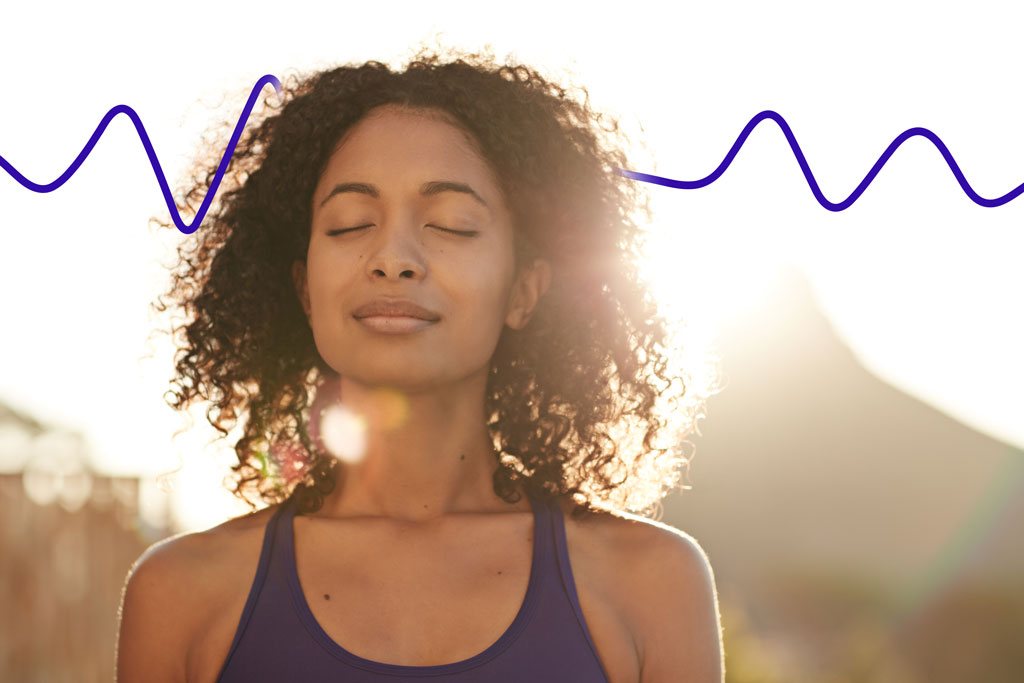
In today’s fast-paced world, women juggle with multiple responsibilities—careers, family, personal growth, and well-being often leading to stress, anxiety, and even burnout. This Women’s Day, prioritize self-care and mental wellness through mindfulness. BrainTap, offers effective strategies to help all women, including you, to cultivate mindfulness, manage stress, and improve overall well-being.
Trouble Sleeping? Try guided meditation for deep and relaxing sleep.
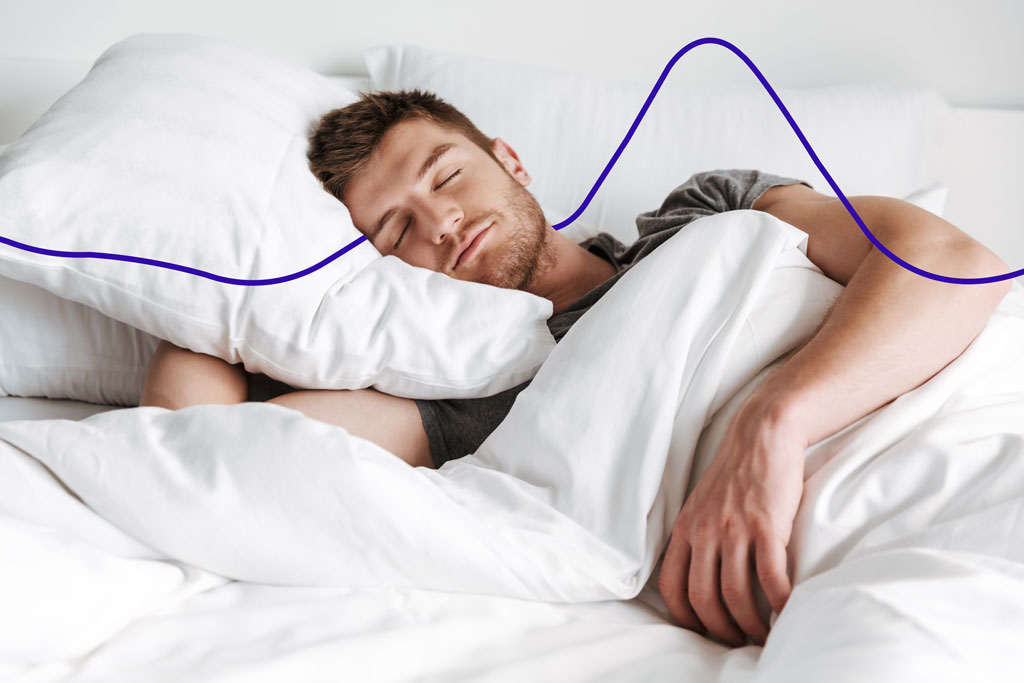
Sleep is crucial for overall health, yet many struggle with stress, digital distractions, and irregular schedules. Quality of sleep matters more than the number of hours you sleep. If you find yourself tossing and turning at night, guided meditation can help calm the mind and promote better sleep by easing the transition to better sleep.
Why Brain Fitness Should Top Your New Year’s Resolution List

As the clock strikes midnight on New Year’s Eve, millions set resolutions focusing on health, fitness or finances, but brain fitness is often overlooked. Just as you train your body, you can train your brain to boost cognitive performance, mental clarity, and emotional resilience. This New Year, prioritize your brain health with BrainTap, your brain fitness app, making your brain fitness journey both engaging and rewarding.
